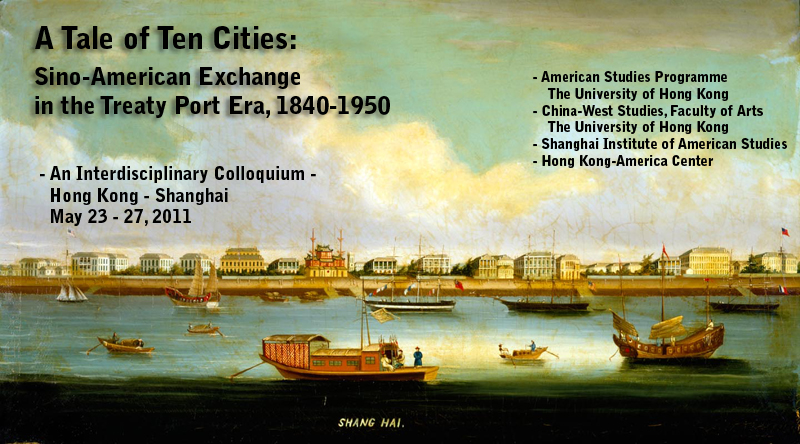Dr. John Haddad
Visiting Fulbright Scholar and Conference Planner, The University of Hong Kong; Associate Professor of American Studies, Penn State University, Harrisburg
Paper title:
From Shanghai to Philadelphia’s World’s Fair: America’s Dual Encounter with China in the Self-Strengthening Era, 1870-1876.
Dr. Haddad studies the ways that Americans learned about China, from the 1780s to the early 1900s. For this conference, he will present work on American anthropologists in China, the birth of American Sinology in the late 1800s, or China's participation in American World Fairs. He is the author of The Romance of China: Excursions to China in U.S. Culture, 1776-1876 (Columbia University Press, 2006).
Abstracts:
In 1876, the United States celebrated 100 years of Independence in grand fashion – the Centennial Exhibition held in Philadelphia. Eight million people, or approximately one fifth of the nation’s population, paid 50 cents to attend. The Centennial is often remembered as a showcase for American technology. William Dean Howells, covering the fair for the Atlantic Monthly, observed as much when he toured the exhibits. The “superior elegance, aptness, and ingenuity of our machinery is observable at a glance,” he wrote admiringly. “Yes, it is…in these things of iron and steel that the national genius most freely speaks.” Of equal interest to fairgoers, however, was the internationalism on display, as 25 foreign countries that accepted invitations. China sent an extensive exhibit that became one of the most popular attractions at the fair. As visitors walked beneath the grand gateways and beheld the Chinese people and artifacts inside the enclosure, they felt as if they had been transported to China itself. However, at this pointhe reactions of the visitors diverged. While some enthusiastically praised the exhibit, others heaped derision, criticism, and scorn upon the same. To this latter group, the Chinese, whose exhibit did not include anything remotely mechanical, appearestubbornly conservative and hopelessly frozen in the past. They compared China unfavorably to its neighbor in Asia (and at the Centennial) Japan, whose representatives strove to emulate Western nations with all the vigor the Chinese seemed to lack...
